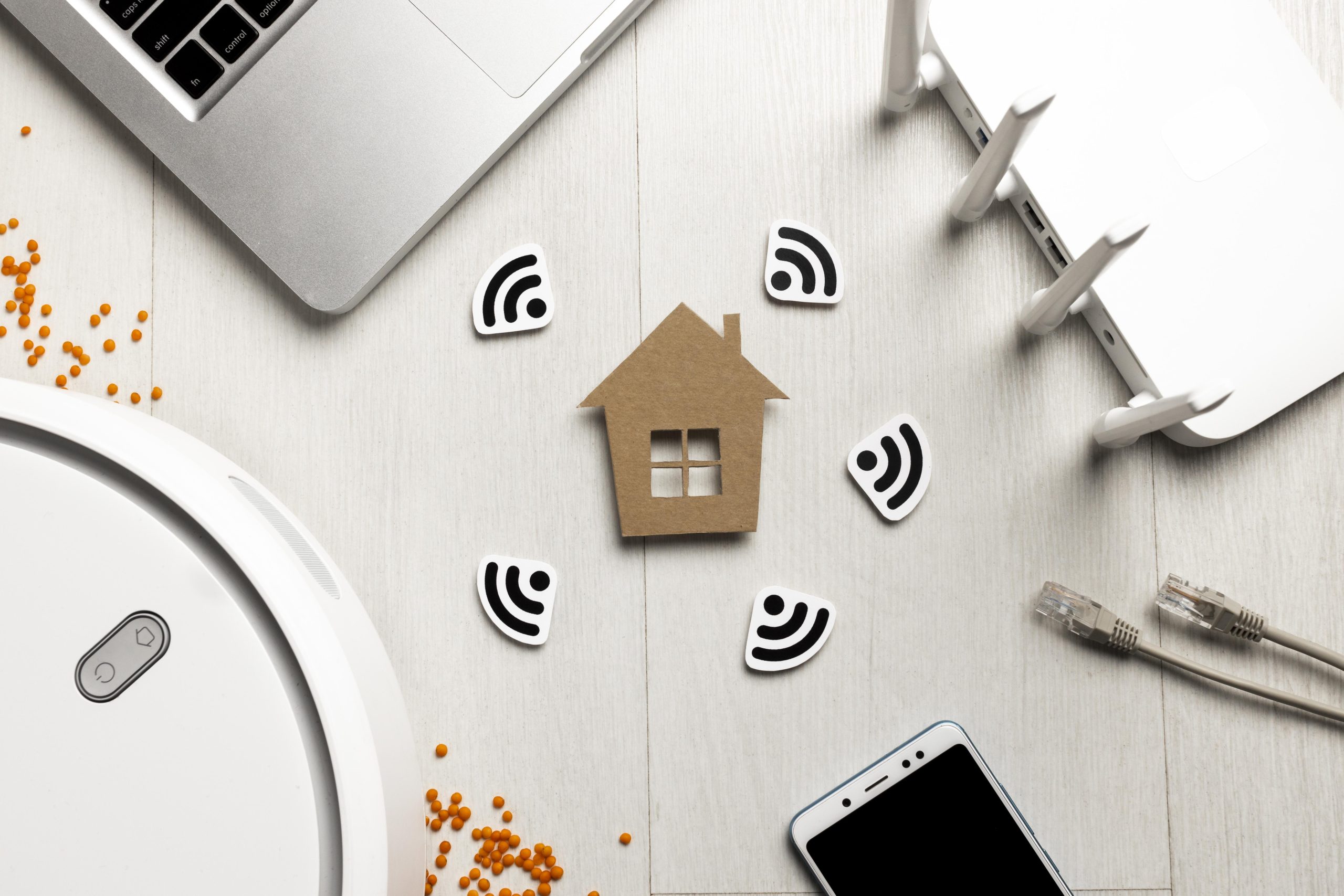If you suspect that your home WiFi has been hacked, it is important to take immediate action to protect your privacy and secure your network.
Follow these steps to recover from a hacked home WiFi:
Step 1: Disconnect and Power Off
- Immediately disconnect all devices from your home WiFi network.
- Power off your wireless router and any other networking equipment connected to it, such as modem or switches. Unplug them from the electrical outlet.
Step 2: Change Passwords
- On a device connected to a different network (such as your mobile data network), change the password for your WiFi network. Refer to your router’s user manual for instructions on how to access the administration interface and change the password.
- Change the passwords for all your online accounts, including email, social media, and banking accounts. Choose strong, unique passwords for each account.
- Enable two-factor authentication (2FA) where available. This adds an extra layer of security to your accounts.
Step 3: Update Firmware
- Check the manufacturer’s website for updated firmware for your router.
- Download and install the latest firmware version for your router. Follow the manufacturer’s instructions for the upgrade process. Firmware updates often contain security patches that can help protect against known vulnerabilities.
Step 4: Perform a Factory Reset
- With the router powered off, locate the reset button on the back or bottom of your wireless router.
- Using a paperclip or something similar, press and hold the reset button for about 10 seconds.
- Release the reset button and wait for the router to reboot and go through the initial setup process.
- Set up your router from scratch, including changing the default administrator password, WiFi network name (SSID), and network password. Ensure a strong password is used.
Step 5: Secure Your Network
- Enable network encryption (WPA2 or higher) on your router to ensure that only authorized devices can connect to your WiFi network.
- Disable remote administration to prevent unauthorized access from the internet.
- Disable WPS (WiFi Protected Setup) as it can be vulnerable to attacks.
- Regularly update your router’s firmware and any other connected devices.
Step 6: Monitor for Suspicious Activity
- Keep an eye on your network for any unusual or suspicious activity.
- Configure your router to keep logs of network activity, such as new device connections or unusual traffic patterns. Regularly review these logs for any potential signs of compromise.
- Consider using a network monitoring tool to monitor network traffic and detect unauthorized access attempts.
Step 7: Educate Yourself
- Stay informed about the latest threats and security best practices related to home WiFi networks.
- Educate yourself and your family members about safe internet and WiFi usage habits.
- Be cautious when connecting to public WiFi networks, as they may be insecure and potential targets for hackers.
Remember, prevention is key to maintaining a secure home WiFi network. Regularly update passwords, install updates, and be vigilant about network security.
If you need further assistance or suspect ongoing issues, consider consulting a cybersecurity professional or contacting your internet service provider (ISP).


